With inflation pushing household budgets to the limit, New York State is responding with a bold new measure: one-time direct payments of up to $500 for eligible residents. If you live in New York—from the bustling streets of New York City to the charming corners of Buffalo, Rochester, or Syracuse—here’s everything you need to know about who qualifies, when the money is coming, and what it means for your wallet.
The last few years have been tough for New Yorkers. Prices for everyday goods—from groceries in Staten Island to gas in Yonkers—have skyrocketed. According to the latest Consumer Price Index, the New York metropolitan area has seen increases in rent, food, and utility bills, mirroring a national crisis.
Recognizing these pressures, Governor Kathy Hochul announced an ambitious plan to deliver financial relief by way of direct checks—what’s being called the “Inflation Refund”—aiming at the heart of working families and residents hit hardest by rising costs.
What Is the $500 Inflation Refund Check?
This payment is a one-time state-issued direct check—up to $500—sent to millions of eligible New Yorkers. It’s not a tax refund, a recurring benefit, or an additional benefit you have to apply for. It’s a stand-alone payment, funded by the state’s surplus sales tax revenue, meant to offset the higher cost of living that many are experiencing across New York.
-
Total funds allocated: Approximately $3 billion
-
Number of expected recipients: About 8.6 million New Yorkers
-
Purpose: To refund excess state revenues caused by inflation-driven spending
Key Eligibility Criteria
To qualify for the payment, you must:
-
Be a full-time resident of New York State.
-
Have filed a 2023 New York State income tax return (Form IT-201).
-
NOT be claimed as a dependent on another taxpayer’s return.
-
Meet the income requirements outlined below.
It doesn’t matter if you live in Manhattan, Brooklyn, Albany, or upstate in Plattsburgh—eligibility is based on your residency status and income, not your city or ZIP code.
Income Thresholds and How Much You’ll Get
The payment amount varies based on your tax filing status and income. Below is a breakdown of how much New York residents could receive:
| Filing Status | 2023 Adjusted Gross Income (AGI) | Maximum Payment Amount |
|---|---|---|
| Single, Head of Household | Less than $150,000 | $300 |
| Married Filing Jointly | Less than $300,000 (combined household) | $500 |
| Qualified Surviving Spouse | Less than $300,000 | $500 |
| Others (see official charts) | Income up to $75,000 (single) | $200 |
| Income up to $150,000 (married/separate) | $400 | |
| Income between $75,001–$150,000 (single) | $150 |
For most New Yorkers, the relevant categories will be:
-
Single Filers: If your income in 2023 was less than $150,000, you’ll get $300.
-
Couples (Married Filing Jointly): If your joint household income was less than $300,000, you’ll get $500.
This means that a single parent in Rochester earning $60,000 or a couple in Staten Island earning $120,000 together would both qualify.
Cities and Regional Impact
New York’s population is spread across diverse cities, and the refund program ensures no region is left behind. Let’s look at how the checks spread across the state:
-
New York City: With approximately 3.6 million potential recipients, the city will see the largest share of payments. Neighborhoods from the Bronx to Queens will benefit, especially those where living costs are highest.
-
Buffalo, Rochester, Syracuse: These upstate cities, long burdened with economic pressures, will see local economies get a shot in the arm as families receive checks.
-
Long Island and the Hudson Valley: Many commuter families facing steep costs in areas like Hempstead and White Plains are set to benefit.
-
Western and Northern NY: Smaller cities such as Binghamton, Utica, and Plattsburgh are also included, ensuring the program’s reach is truly statewide.
How and When Will the Checks Be Sent?
Timeline:
-
The checks are set to be mailed starting in the fall of 2025 (with distributions likely continuing through October and November due to the high volume).
-
There is no need to apply; the checks are sent automatically to those who qualify.
Distribution Process:
-
Payments will not be released based on ZIP code, city, or last name—they’re distributed statewide, as quickly as logistics allow.
-
Residents in big cities (e.g., New York City, Buffalo) and small towns (e.g., Saratoga Springs, Watertown) are scheduled to receive payments simultaneously.
Tip:
Make sure your address on file with the New York State Department of Taxation and Finance is up to date so you don’t miss your check.
Why Is New York Doing This Now?
New York’s state budget has seen historic surpluses in recent years, primarily due to soaring sales tax revenues—the result of inflation-driven price hikes. Rather than sit on this extra revenue, the state is redistributing it directly to taxpayers. The goal: to deliver relief to families facing higher costs at checkout and to inject spending power back into communities both large and small.
Comparing With Prior Federal Stimulus Programs
This program is different from the pandemic-era federal stimulus checks. Here’s how:
-
Funded by State Revenue: The $500 check is from state-level excess sales tax, not federal COVID relief funds.
-
Income Limits: The thresholds are higher, allowing families earning up to $300,000 to qualify for the largest payments.
-
Automatic Distribution: There is no application or claim process needed.
Unlike the COVID stimulus, which rolled out in 2020 and 2021 and was often tied to dependent children and federal benefits, this is a one-time refund recognizing the impact of rising prices on all New Yorkers.
Frequently Asked Questions
Q: Do I need to apply for the refund?
A: No. If you filed a 2023 New York State tax return and meet the requirements, the check will be mailed to you automatically.
Q: When exactly will the checks arrive?
A: Distribution begins in fall 2025. Because millions are eligible, mailings will occur over several weeks.
Q: Will everyone get $500?
A: No. Only married couples filing jointly (or qualifying widows/widowers) making less than $300,000 receive $500. Individuals with incomes less than $150,000 receive $300. Other filers fall into lower payout brackets.
Q: What if I moved after filing my taxes?
A: Update your mailing address with the NY Department of Taxation and Finance to ensure delivery.
Q: Are non-citizens eligible?
A: As long as you are a legal resident of New York and filed a 2023 state tax return, you are eligible.
Q: Does my city or ZIP code affect when I get my check?
A: No. Checks are sent based on eligibility statewide; your location within New York does not change your eligibility or priority.
Conclusion: What This Means for You
New York State’s $500 direct payment isn’t just a short-term fix—it’s a recognition of the struggle residents face as daily costs rise. With cities like New York, Buffalo, Syracuse, and Albany in line to see millions return to families’ pockets, this initiative represents one of the largest direct aid programs in the state’s history.
If you’ve worked, paid taxes, and weathered the storm of inflation in the Empire State, this check is designed to give you some breathing room—whether for covering bills, groceries, rent, or just getting ahead.
Get ready this fall: Check your mailbox, make sure your address is updated, and prepare to receive your portion of the state’s financial relief, wherever you live in New York.
Ready to see if you qualify?
-
Revisit your 2023 New York State tax return.
-
Check your address with the Department of Taxation and Finance.
-
Keep an eye on your mailbox this fall.
When those $500 checks start arriving—from Manhattan to Buffalo, and from Yonkers to Utica—millions of New Yorkers will be reminded: Sometimes, help really does come right to your door.

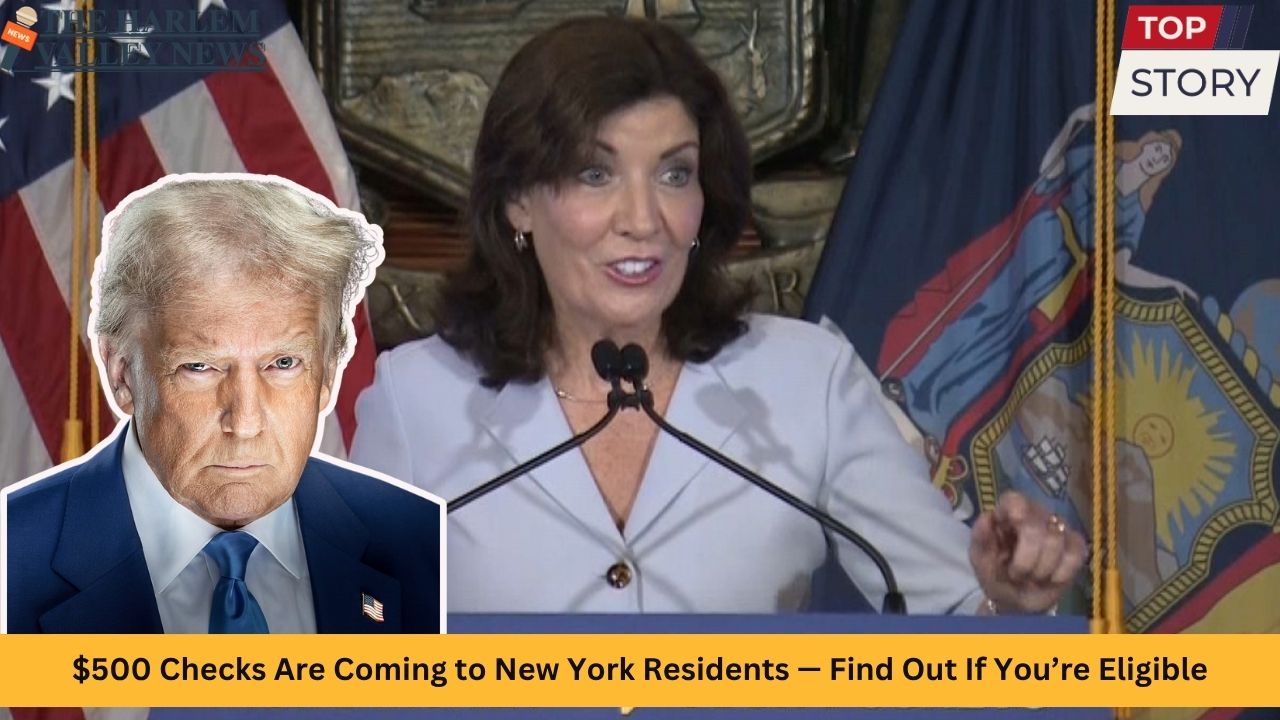

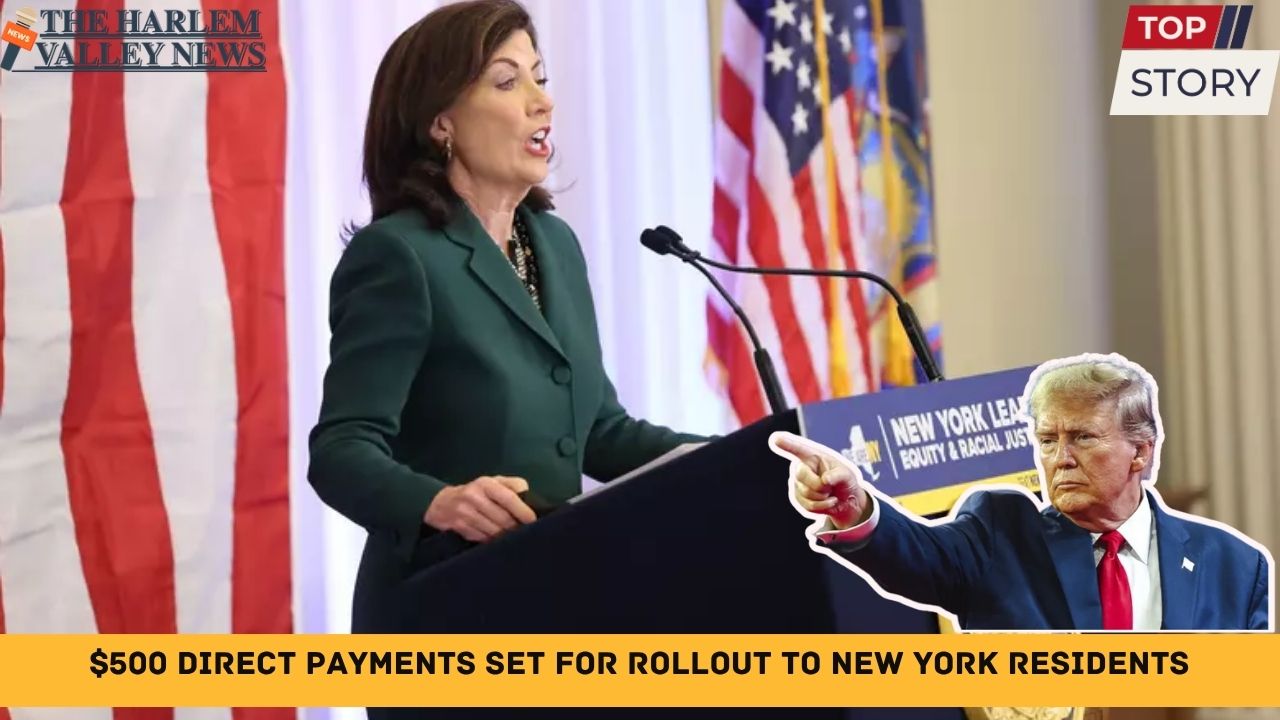

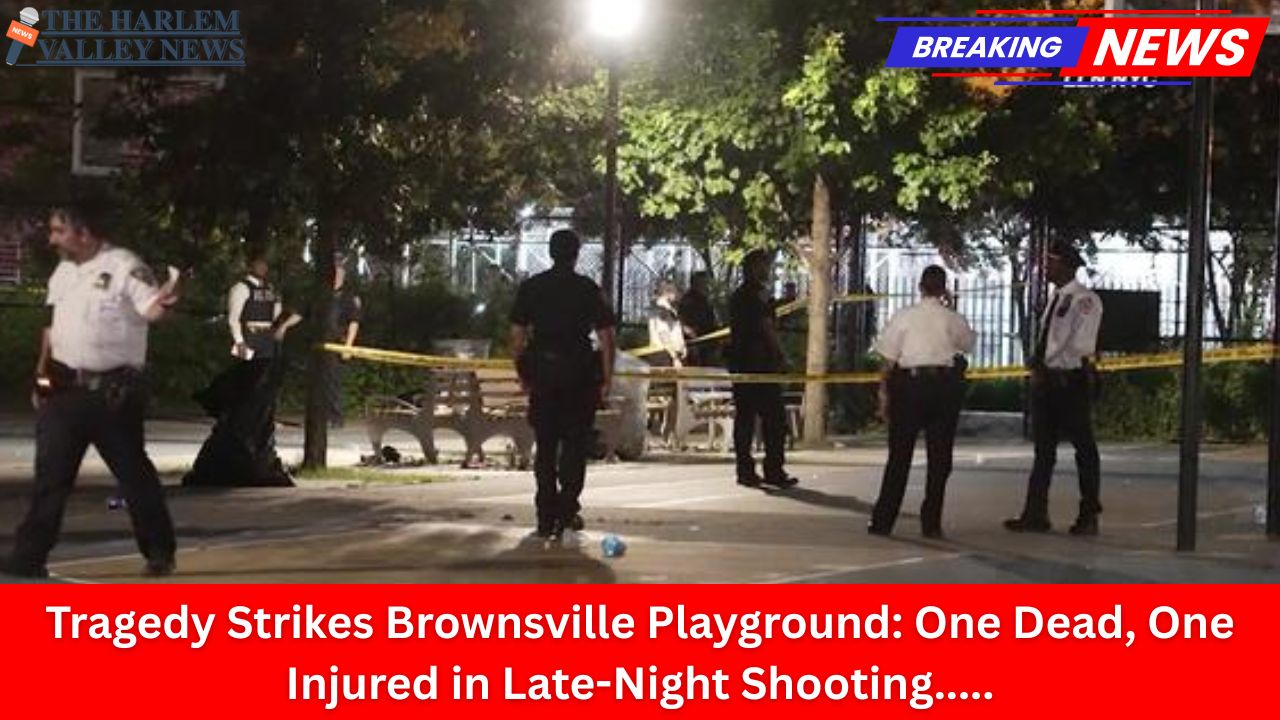
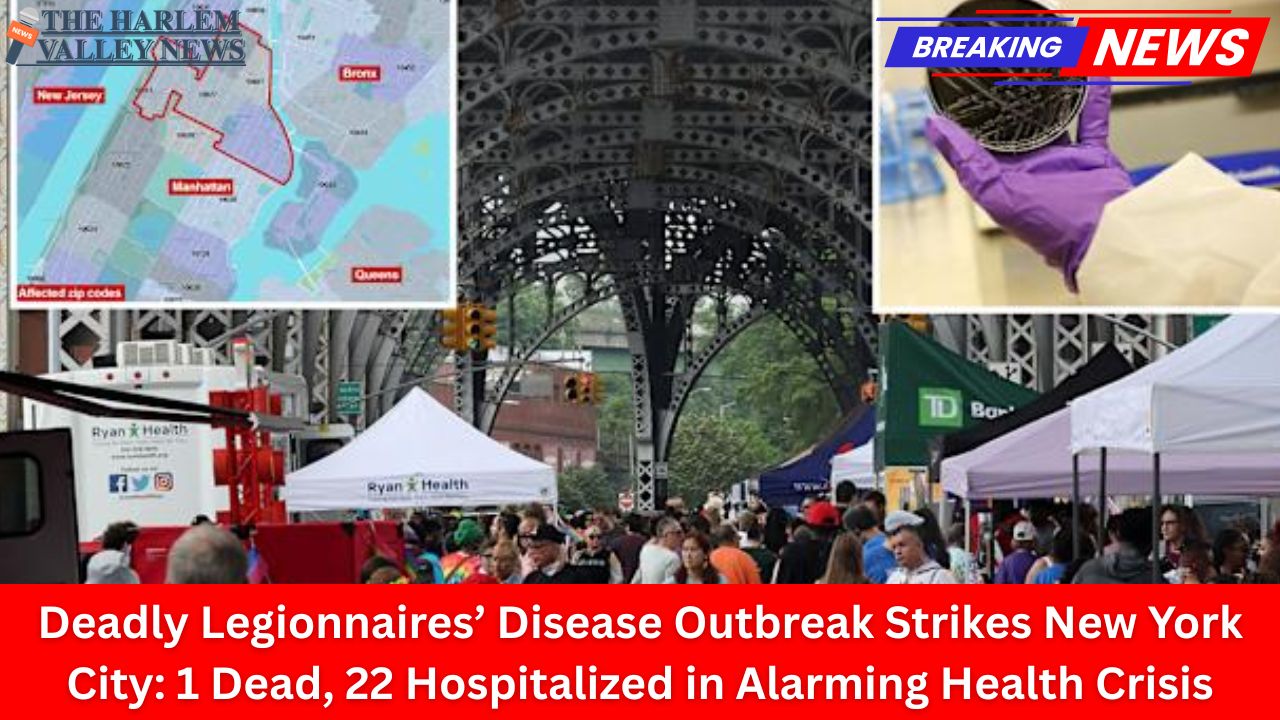
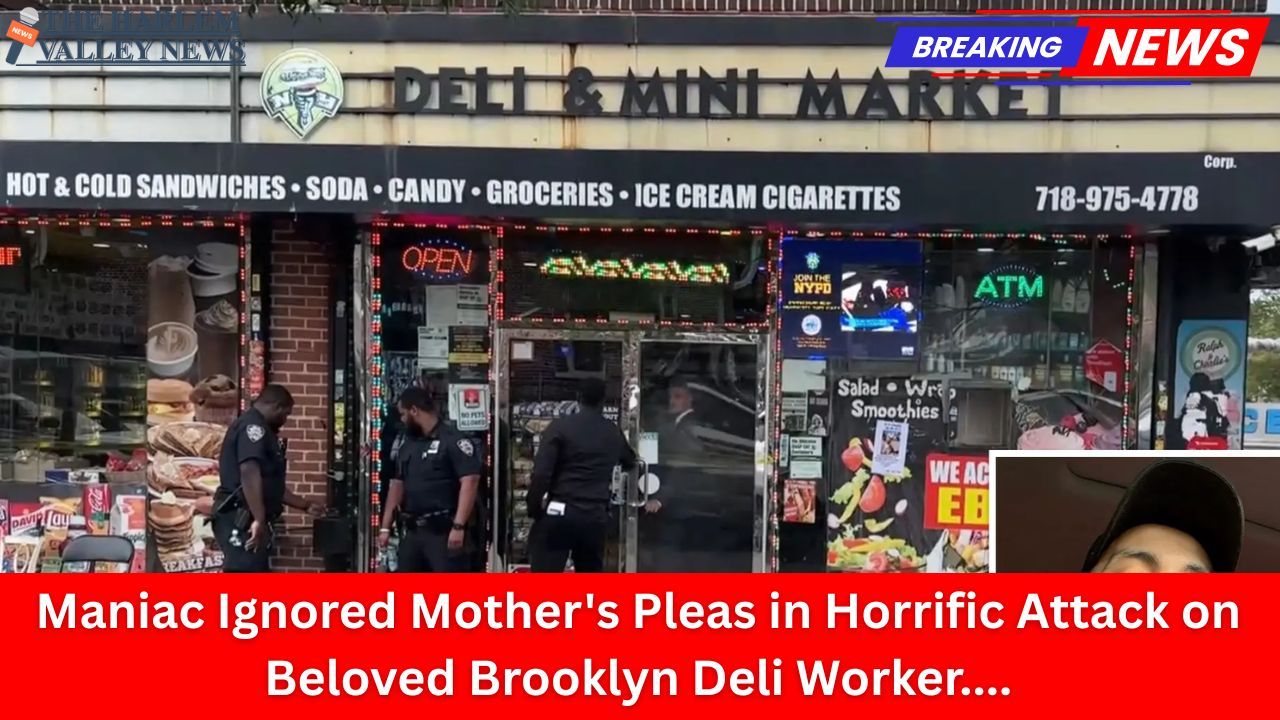
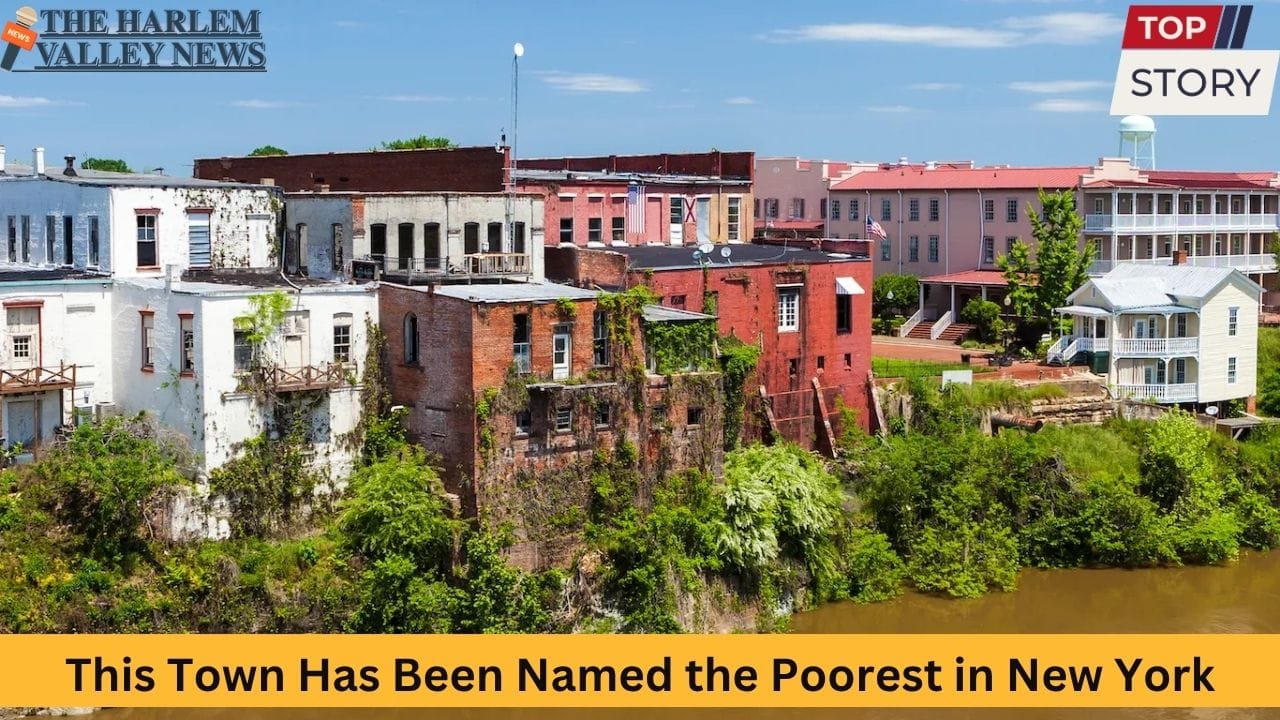
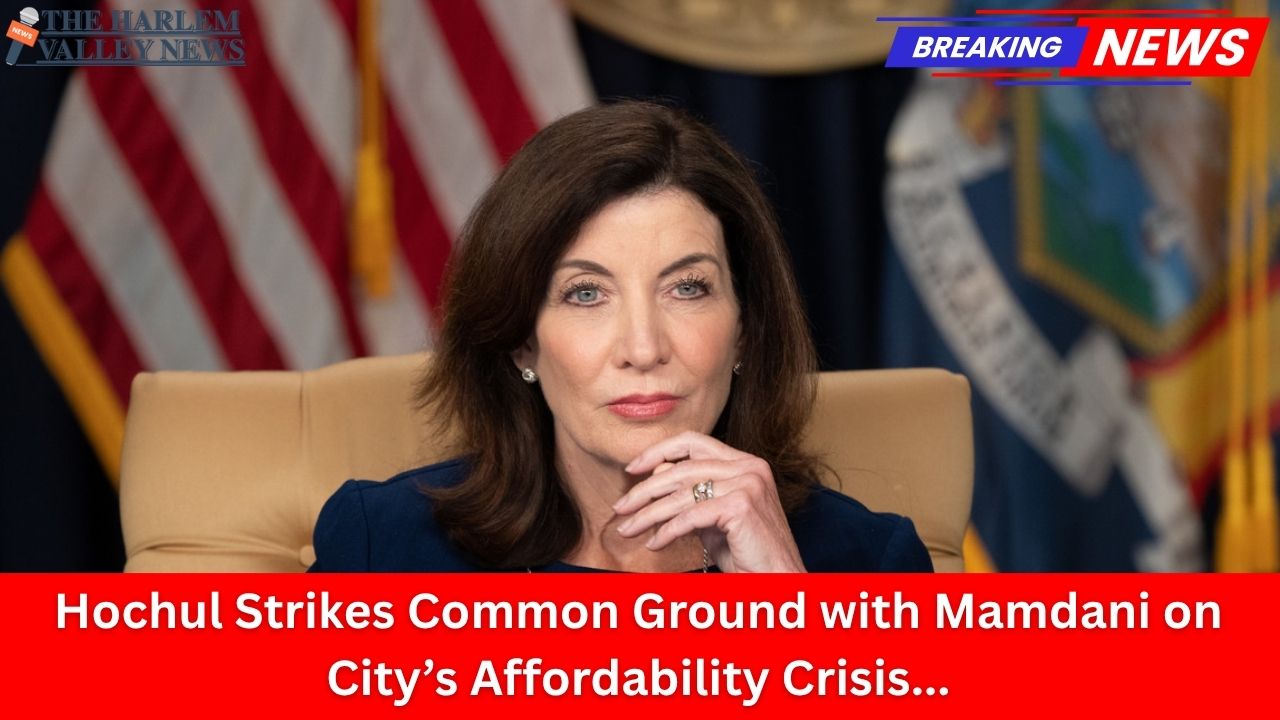
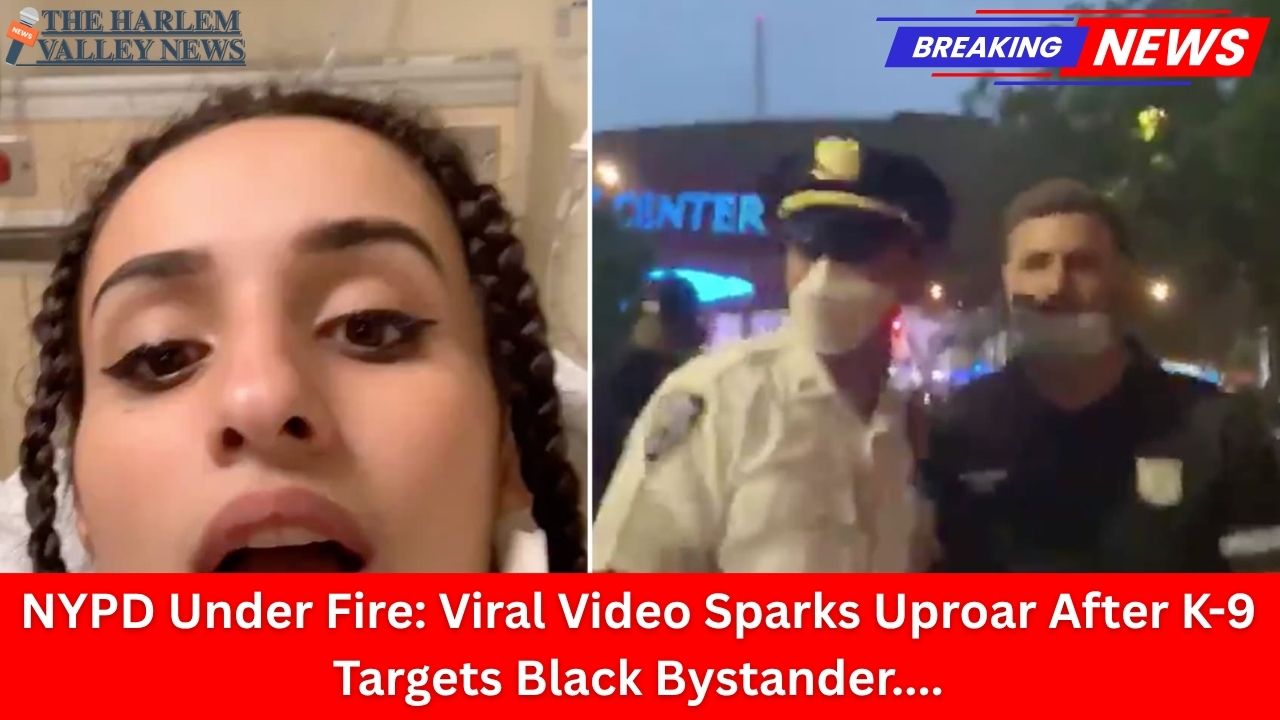

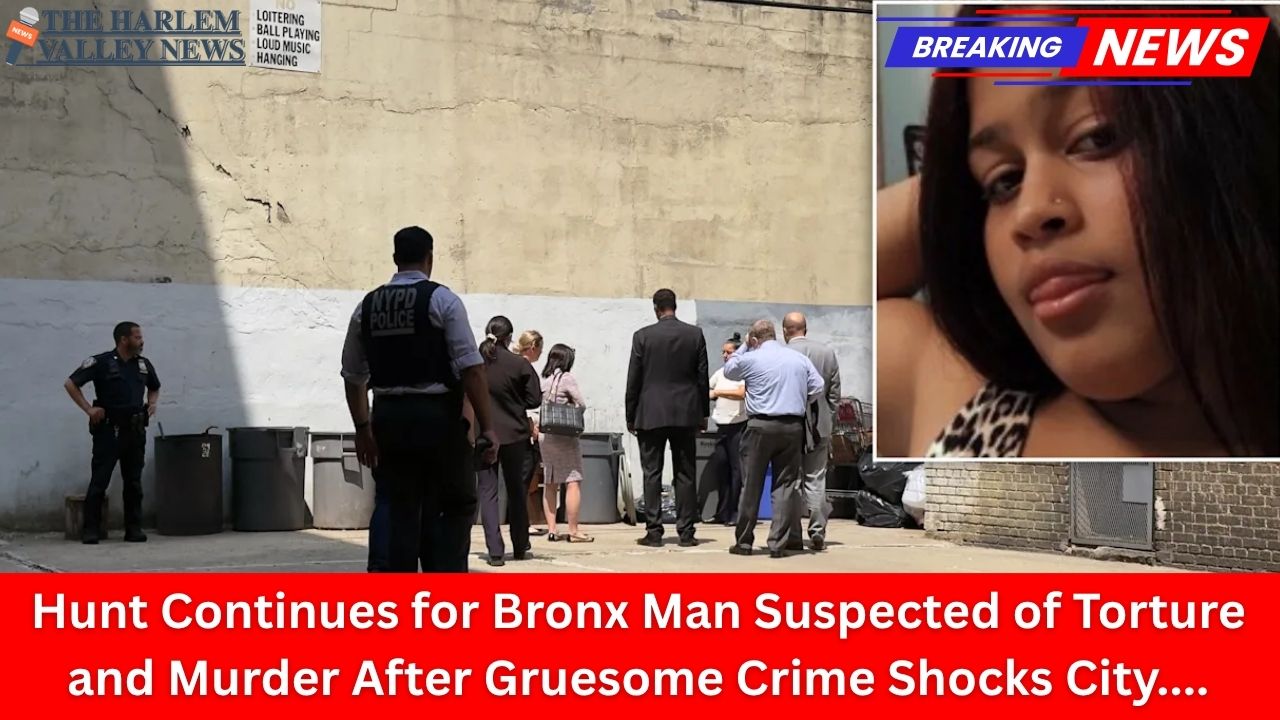
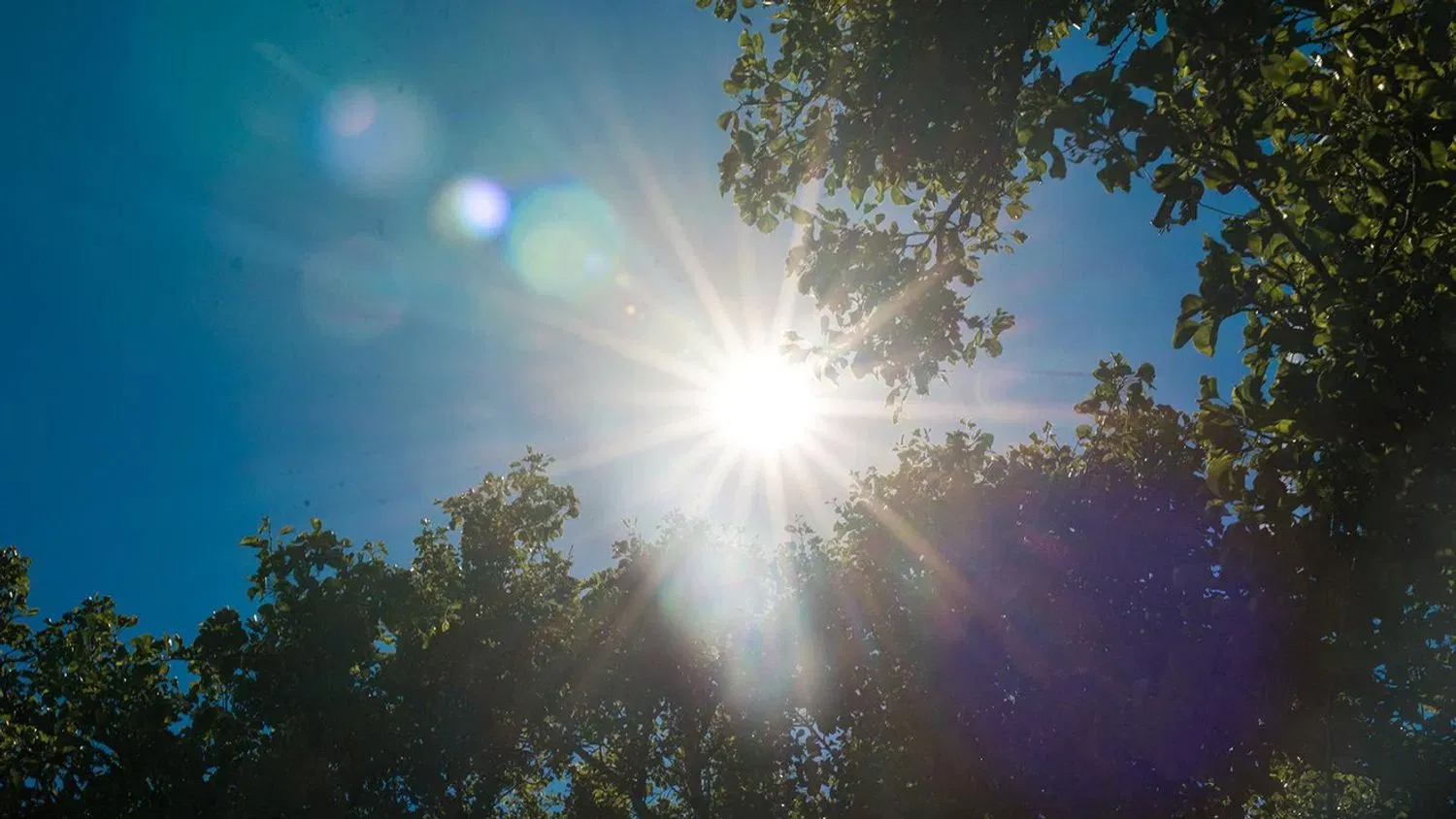
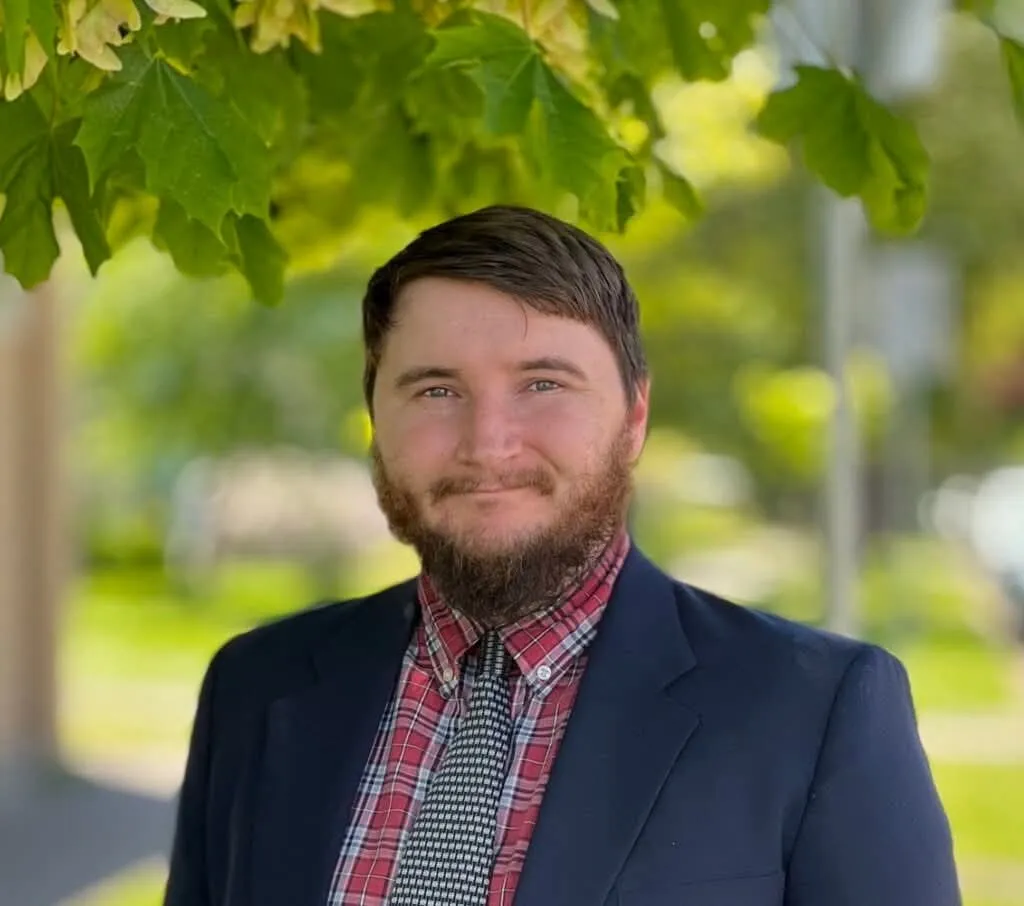

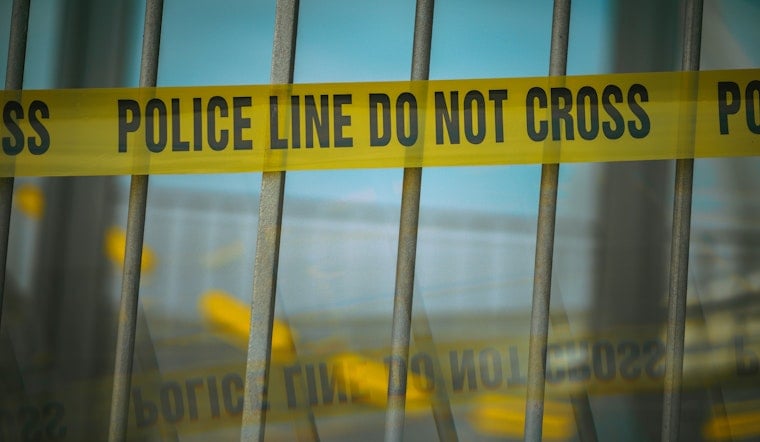
Leave a Reply